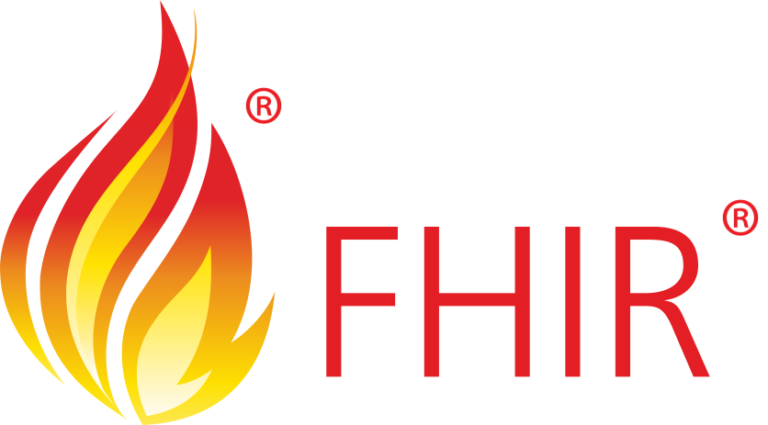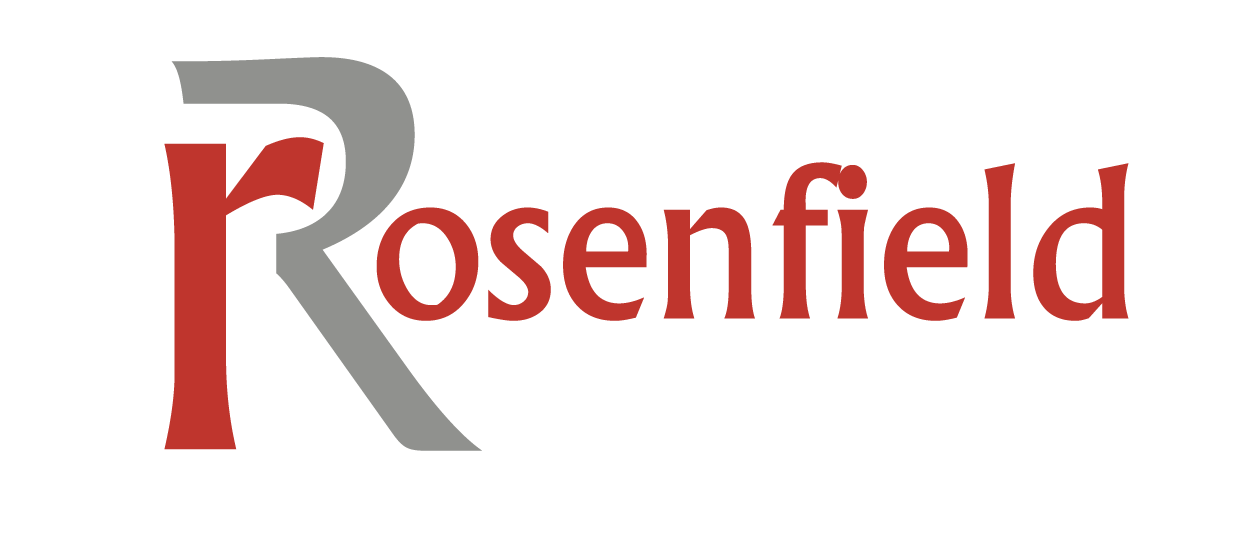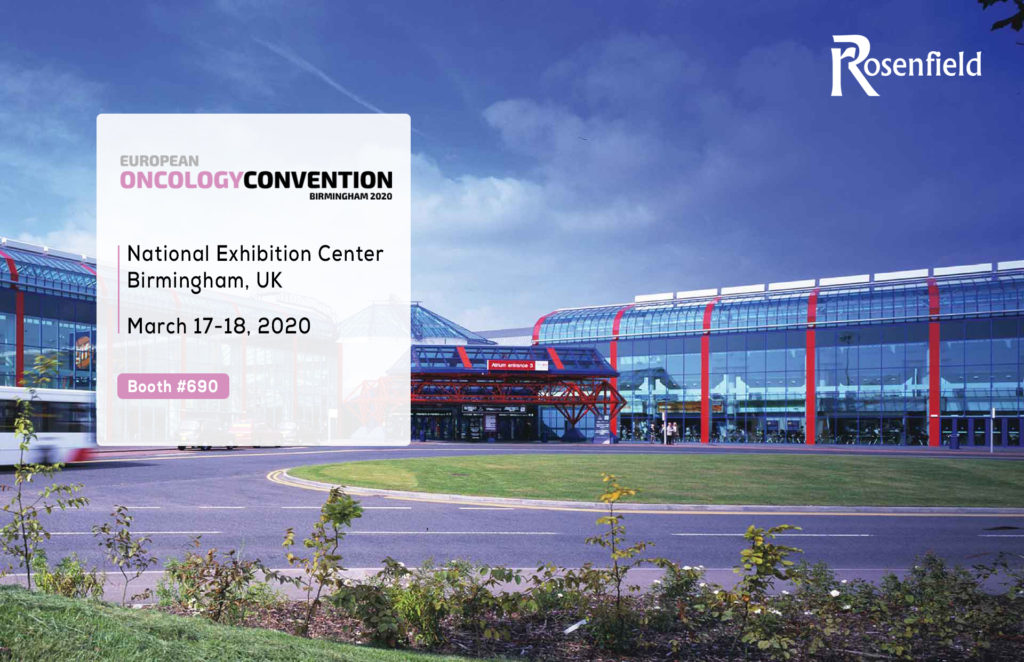Blog

5 Things to Know About HL7 FHIR
An important term spreading through the healthcare interoperability world is HL7 FHIR, pronounced as “fire.” Here are the Top 5 things you should know about this standard that will help solve many current issues in interoperability:
- FHIR stands for Fast Healthcare Interoperable Resource.
- FHIR combines the best features of HL7 V2, HL7 V3, and CDA, while leveraging the latest web service technologies.
- The design of FHIR is based on RESTful web services. This is in contrast to the majority of IHE profiles which are based on SOAP web services. With RESTful web services, the basic HTTP operations are incorporated including Create, Read, Update and Delete.
- FHIR is based on modular components called “resources,” and these resources can be combined together to solve clinical and administrative problems in a practical way. The resources can be extended and adapted to provide a more manageable solution to the healthcare demand for optionality and customization. Systems can easily read the extensions using the same framework as other resources.
- In March 2012, the FHIR specification was transferred from Grahame Grieve, creator and architect, to HL7 International and was made freely available. Grieve started work a year prior in response to outcomes from the HL7 Fresh Look task force. FHIR is still being developed by HL7, but the first Draft Standard for Trial Use (DSTU) should be available by the end of 2013.
– Learn more about FHIR here
– Check article source here

